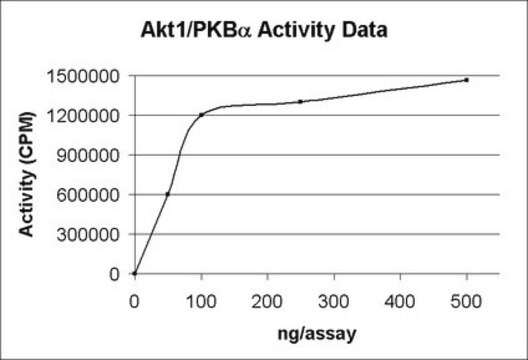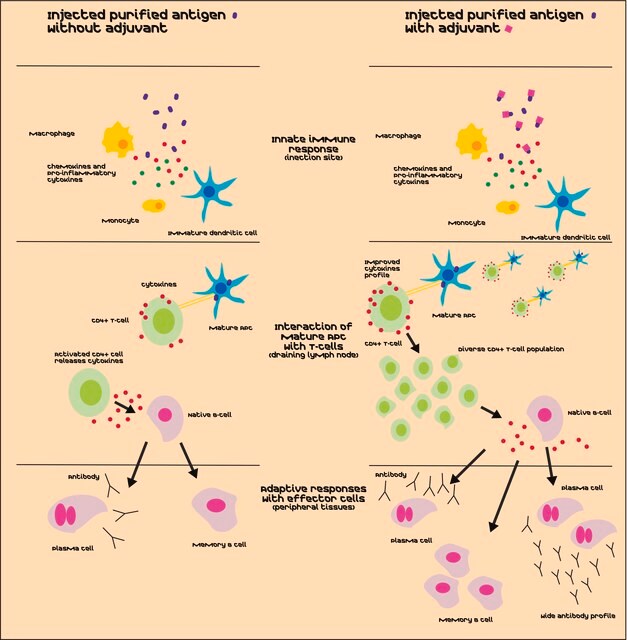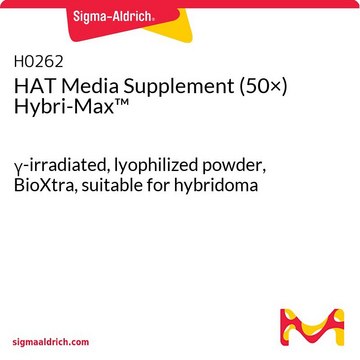C1868
Anti-Calcium Channel CaV3.2 (α1H) antibody produced in rabbit
affinity isolated antibody, lyophilized powder
Synonym(s):
Anti-CACNA1HB, Anti-Cav3.2, Anti-ECA6, Anti-EIG6, Anti-HALD4
Sign Into View Organizational & Contract Pricing
All Photos(4)
About This Item
Recommended Products
biological source
rabbit
Quality Level
conjugate
unconjugated
antibody form
affinity isolated antibody
antibody product type
primary antibodies
clone
polyclonal
form
lyophilized powder
species reactivity
rat
technique(s)
western blot: 1:200 using lysate from the ND7/23 cell line
UniProt accession no.
shipped in
dry ice
storage temp.
−20°C
target post-translational modification
unmodified
Gene Information
rat ... Cacna1h(114862)
General description
Calcium channel, voltage-dependent, T type, α1H subunit (CACNA1H) is a protein encoded by the CACNA1H gene in humans and is mapped to chromosome 16p13.3. The proteins are membrane protein machinery performing selective permeation of external calcium ions. The α1H channel is sensitive to mibefradil, a nondihydropyridine Ca2+ channel blocker. CACNA1H is abundantly expressed in both peripheral and central endings of the primary afferent neurons, regulating neuronal excitability and release of excitatory neurotransmitters.
Immunogen
synthetic peptide CHVEGPQERARVAHS corresponding to amino acid residues 581-595 of rat CaV3.2. Epitope location: intracellular loop connecting D1-D2. Mouse, bovine, and canine have 14/15 residues identical; human has 13/15 residues identical.
Application
Anti-Calcium Channel CaV3.2 (α1H) antibody produced in rabbit is suitable for western blotting at a dilution of 1:200 using lysate from the ND7/23 cell line.
Applications in which this antibody has been used successfully, and the associated peer-reviewed papers, are given below.
Western Blotting (1 paper)
Western Blotting (1 paper)
Biochem/physiol Actions
Calcium channel, voltage-dependent, T type, α1H subunit (CACNA1H) plays an essential role in regulating neuronal excitability and network oscillations in the brain. Mutations in the gene are associated with various forms of idiopathic generalized epilepsy. Gaining-of-function mutation in CACNA1H increases seizure susceptibility by directly altering neuronal electrical properties and indirectly by changing gene expression. CACNA1H acts as an important mediator of Ca2+ entry near the resting membrane potential. It plays a pivotal role in processing of pain signals and may serve as a novel target for development of drugs for the treatment of intractable pain resistant to currently available analgesics. CACNA1H up-regulation is involved in the pathophysiology of inflammatory, neuropathic and visceral pain.
Physical form
Lyophilized from phosphate buffered saline, pH 7.4, containing 1% bovine serum albumin, and 0.05% sodium azide.
Disclaimer
Unless otherwise stated in our catalog or other company documentation accompanying the product(s), our products are intended for research use only and are not to be used for any other purpose, which includes but is not limited to, unauthorized commercial uses, in vitro diagnostic uses, ex vivo or in vivo therapeutic uses or any type of consumption or application to humans or animals.
Not finding the right product?
Try our Product Selector Tool.
Storage Class Code
11 - Combustible Solids
WGK
WGK 2
Flash Point(F)
Not applicable
Flash Point(C)
Not applicable
Choose from one of the most recent versions:
Already Own This Product?
Find documentation for the products that you have recently purchased in the Document Library.
Pierre-Olivier Demers-Giroux et al.
The Journal of biological chemistry, 288(41), 29281-29293 (2013-08-24)
T-type CaV3 channels are important mediators of Ca(2+) entry near the resting membrane potential. Little is known about the molecular mechanisms responsible for channel activation. Homology models based upon the high-resolution structure of bacterial NaV channels predict interaction between the
Despina Tsortouktzidis et al.
Frontiers in molecular neuroscience, 14, 667143-667143 (2022-01-25)
Precise genome editing in combination with viral delivery systems provides a valuable tool for neuroscience research. Traditionally, the role of genes in neuronal circuits has been addressed by overexpression or knock-out/knock-down systems. However, those techniques do not manipulate the endogenous
Hyun-Jee Park et al.
Cell calcium, 54(3), 226-235 (2013-07-16)
Voltage-activated Ca2+ channels are membrane protein machinery performing selective permeation of external calcium ions. The main Ca2+ selective filters of all high-voltage-activated Ca2+ channel isoforms are commonly composed of four Glu residues (EEEE), while those of low-voltage-activated T-type Ca2+ channel
K E Rose et al.
Neuroscience, 250, 263-274 (2013-07-23)
Previous behavioral studies have revealed that CaV3.2 T-type calcium channels support peripheral nociceptive transmission and electrophysiological studies have established the presence of T-currents in putative nociceptive sensory neurons of dorsal root ganglion (DRG). To date, however, the localization pattern of
Veit-Simon Eckle et al.
The Journal of physiology, 592(4), 795-809 (2013-11-28)
T-type calcium channels play essential roles in regulating neuronal excitability and network oscillations in the brain. Mutations in the gene encoding Cav3.2 T-type Ca(2+) channels, CACNA1H, have been found in association with various forms of idiopathic generalized epilepsy. We and
Our team of scientists has experience in all areas of research including Life Science, Material Science, Chemical Synthesis, Chromatography, Analytical and many others.
Contact Technical Service








